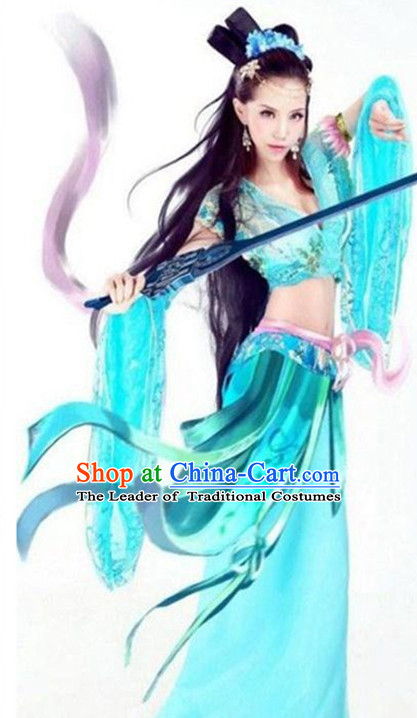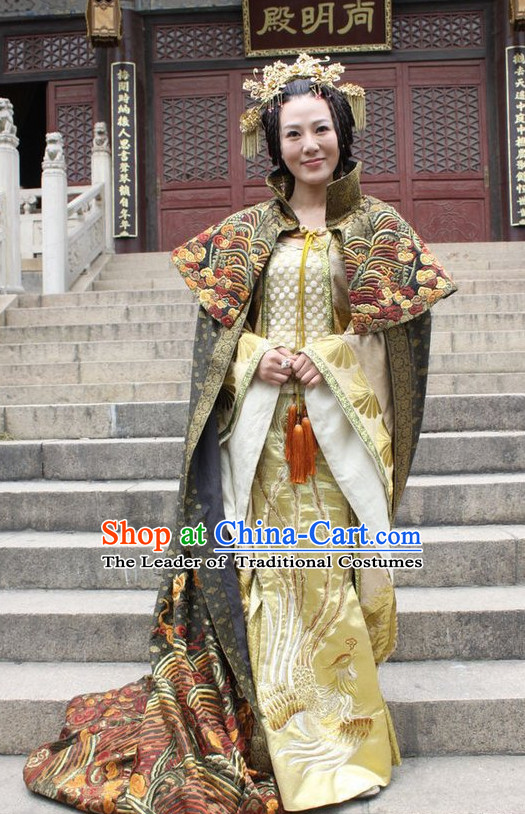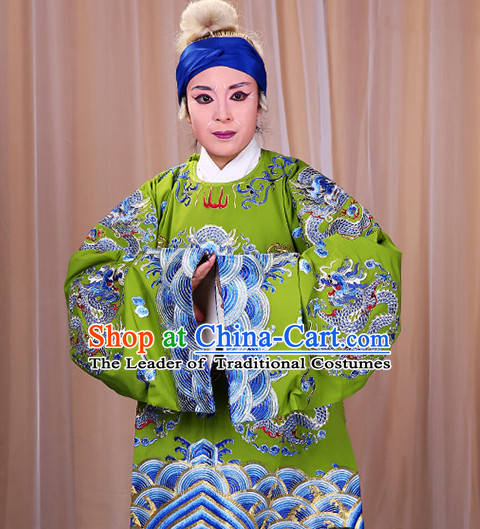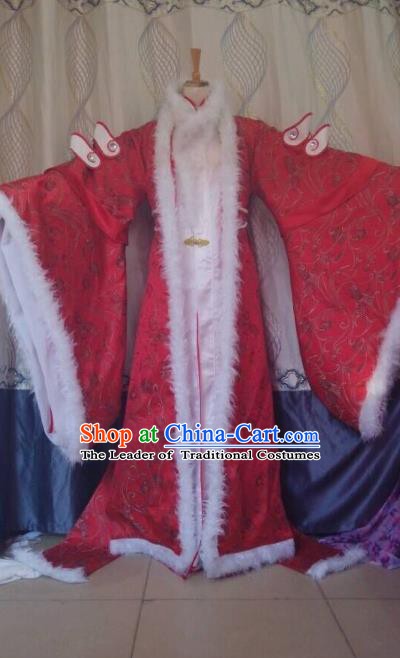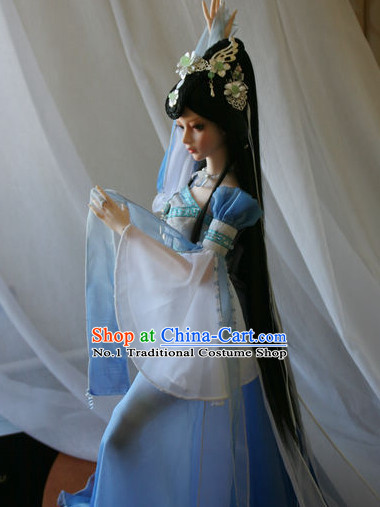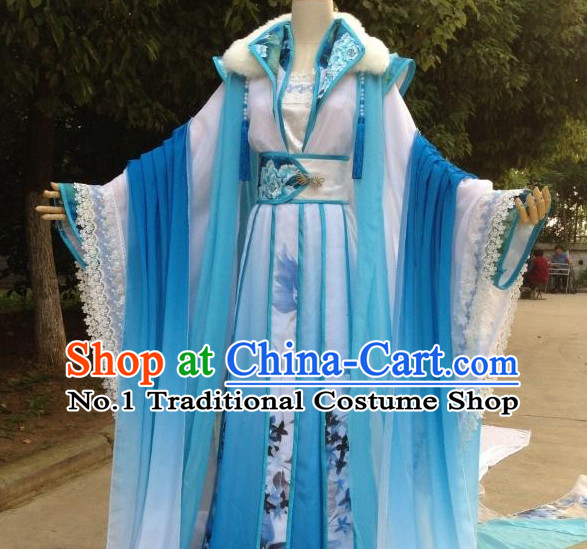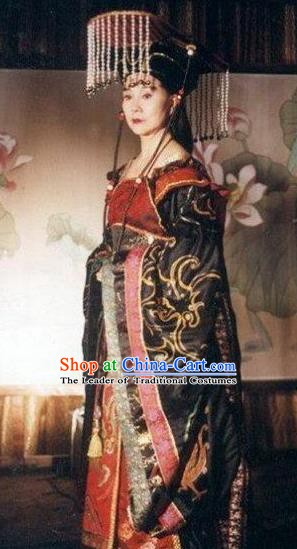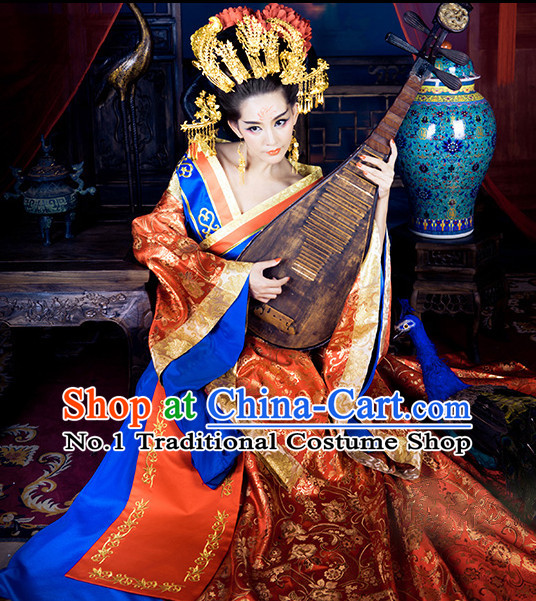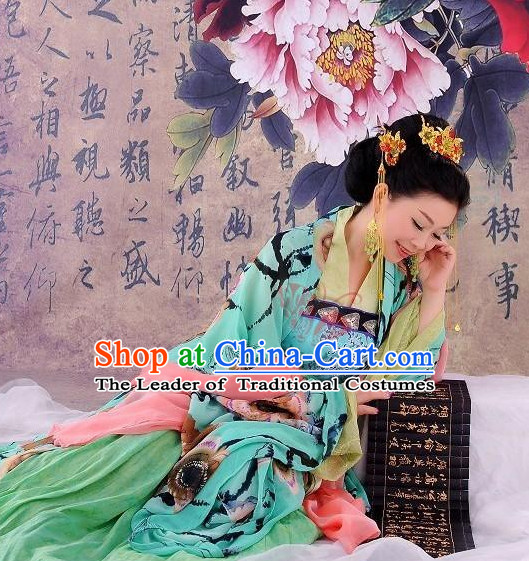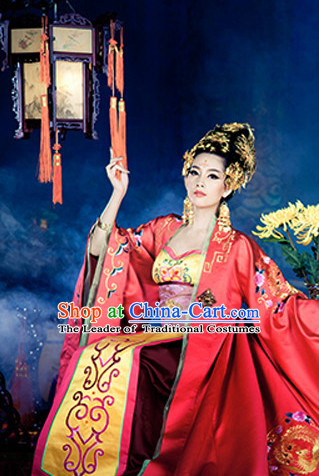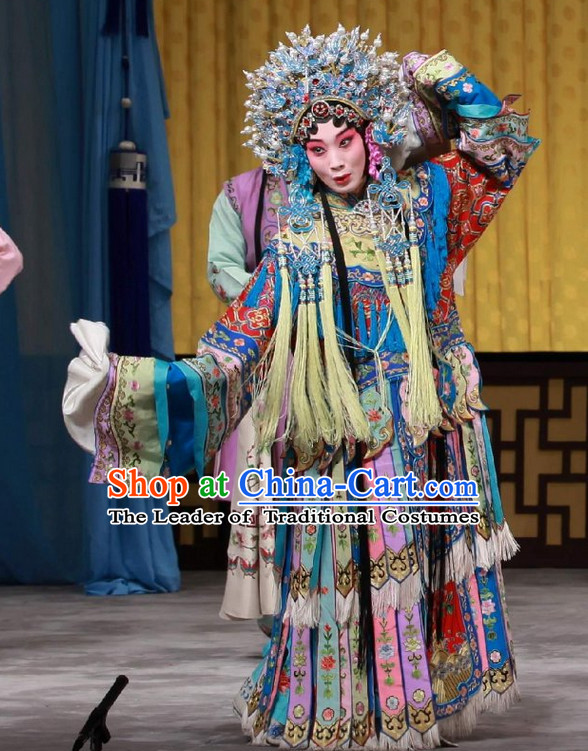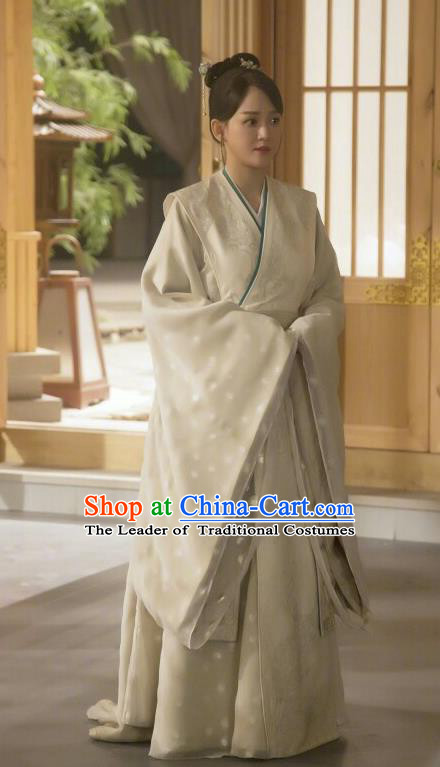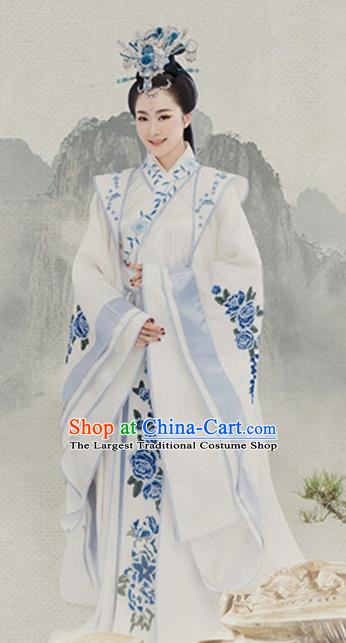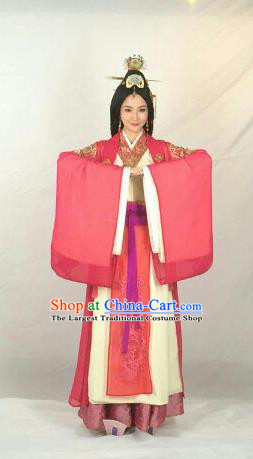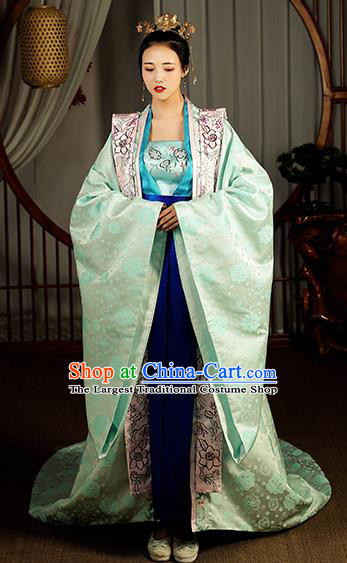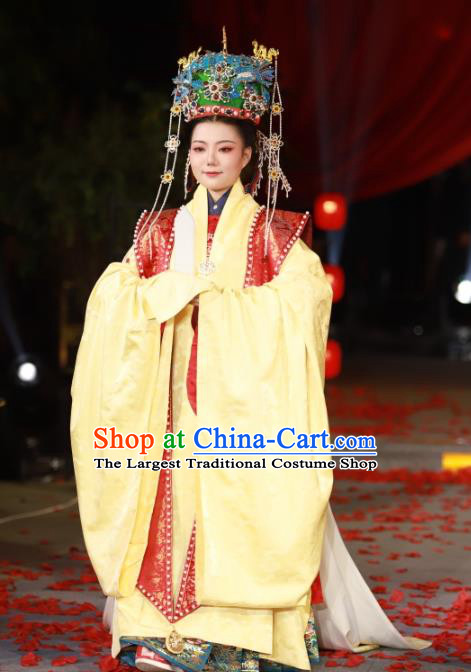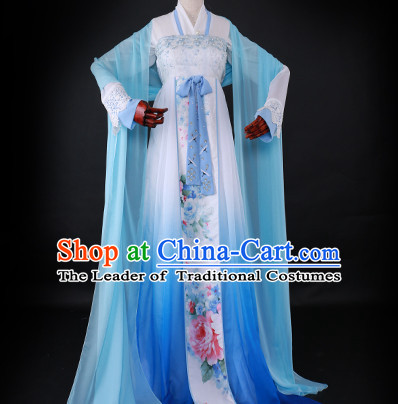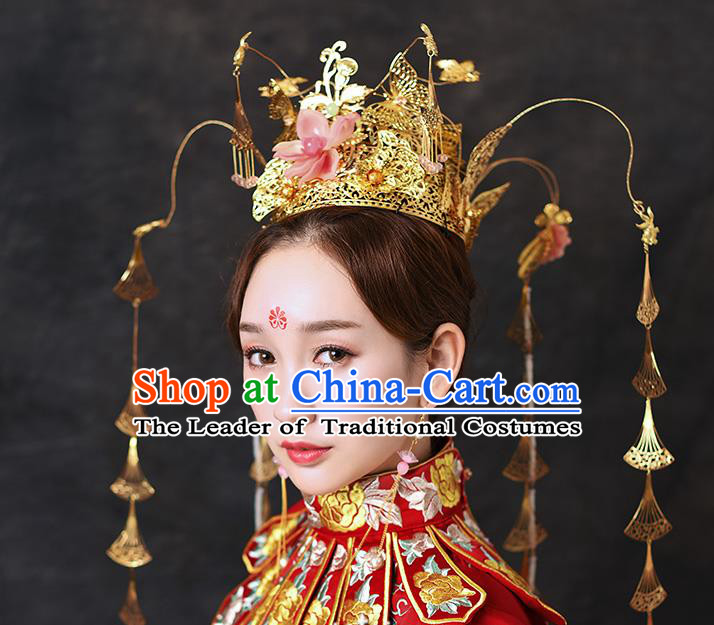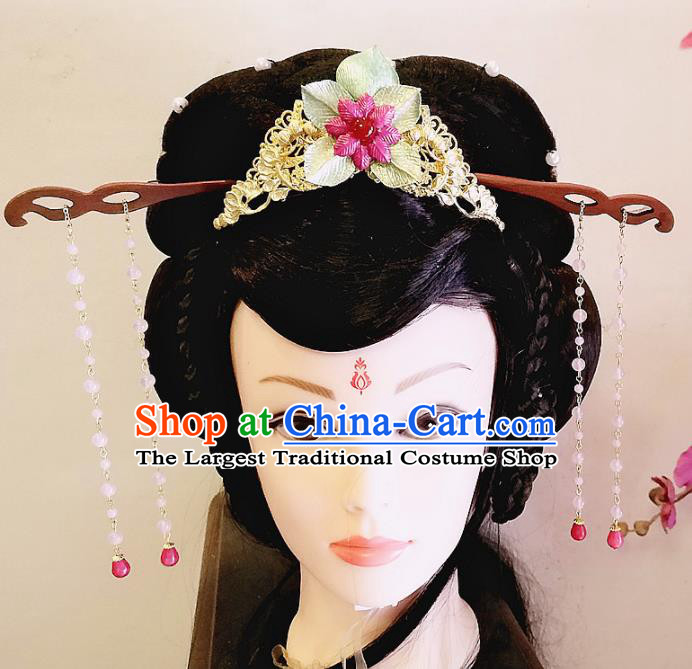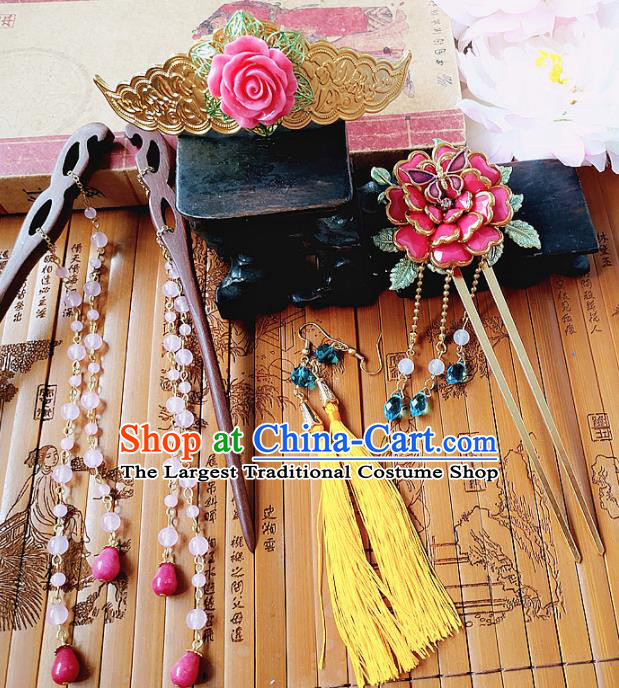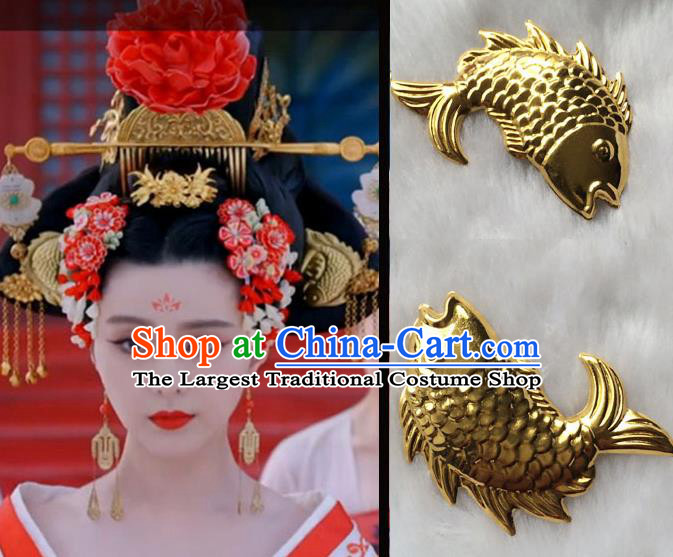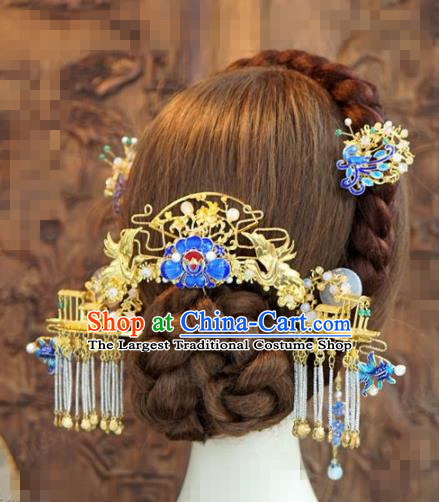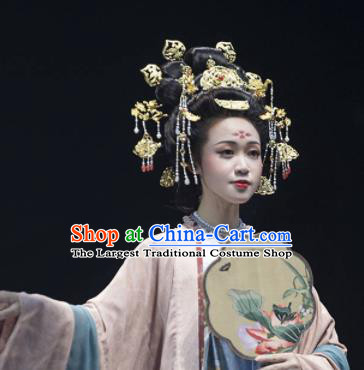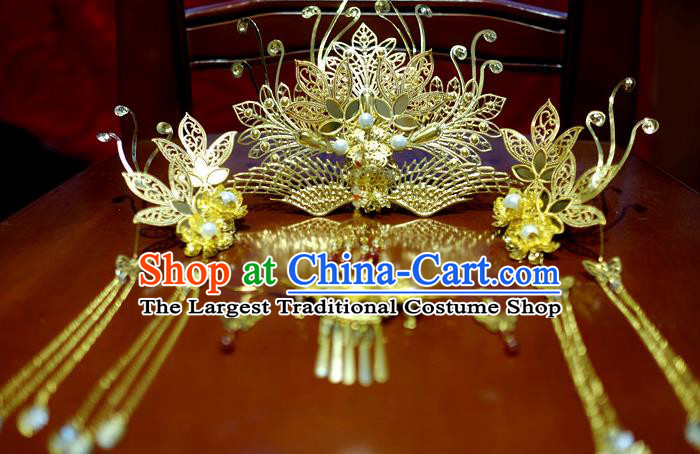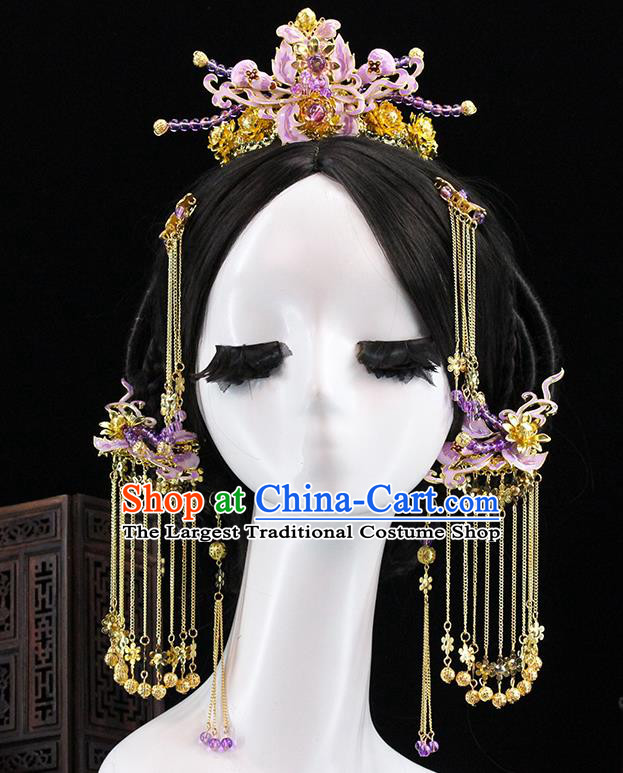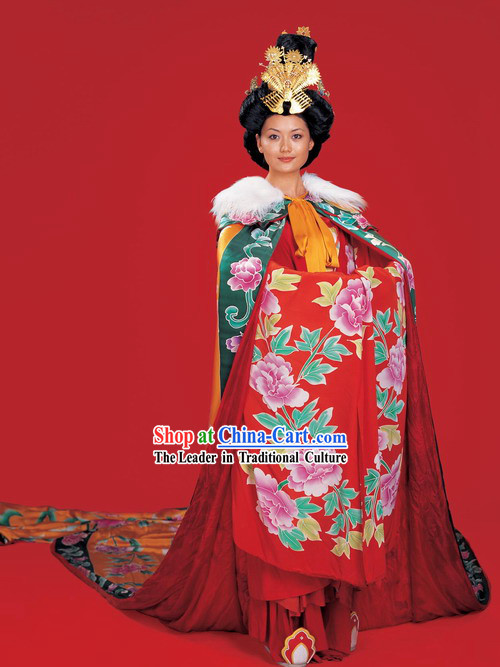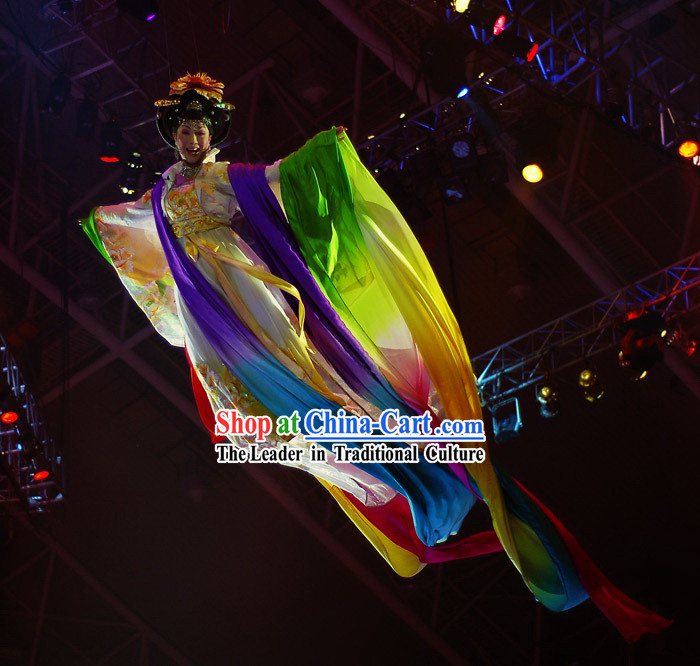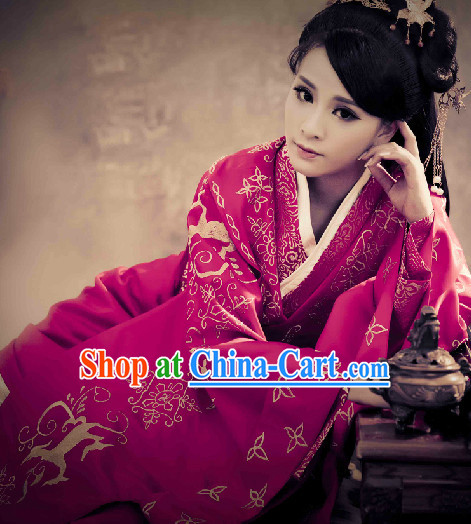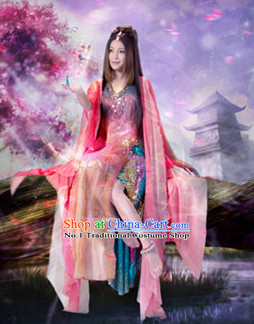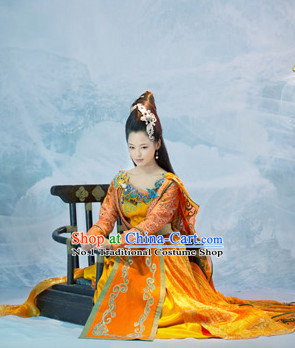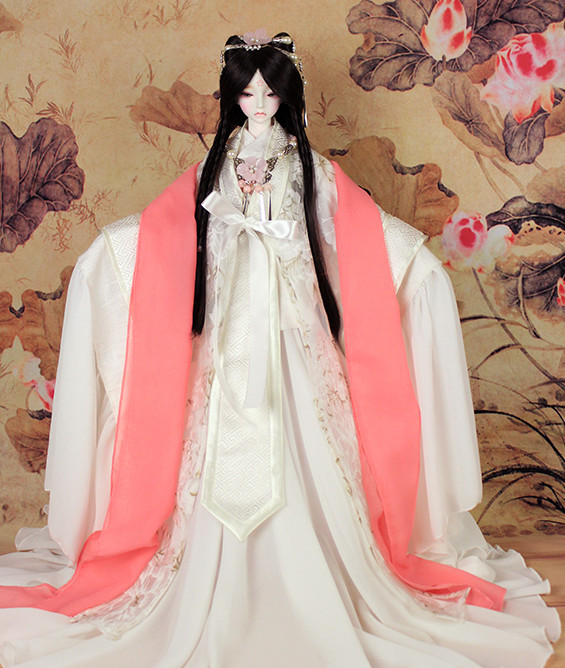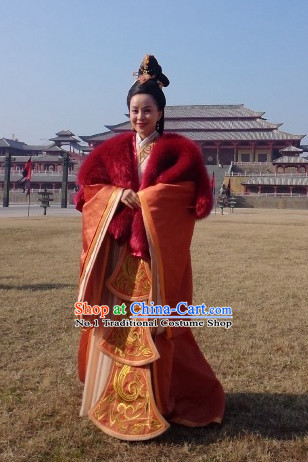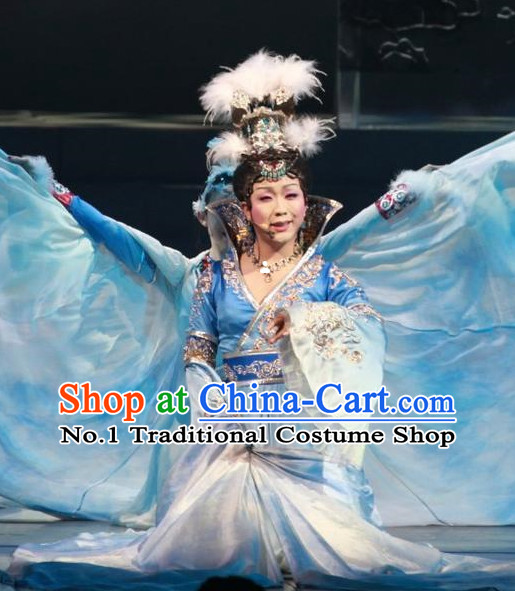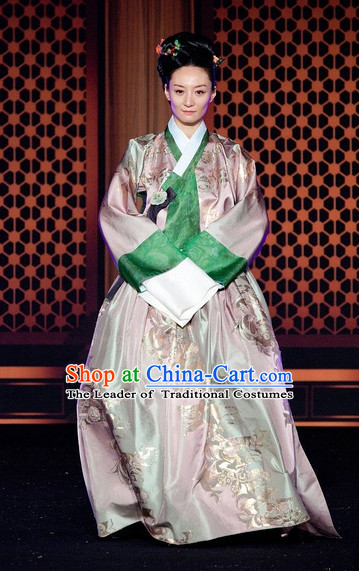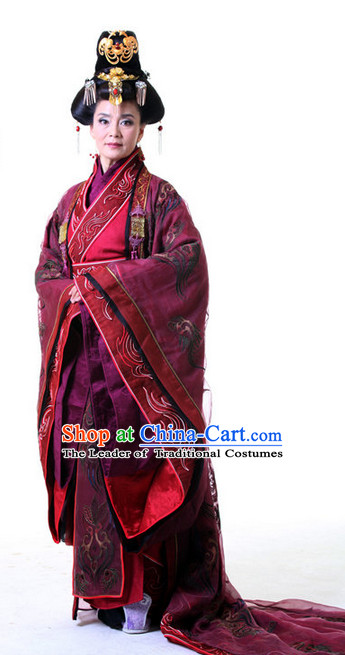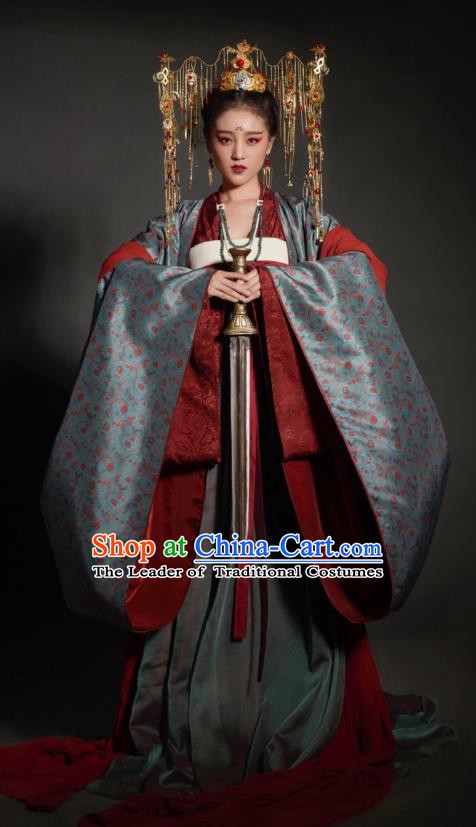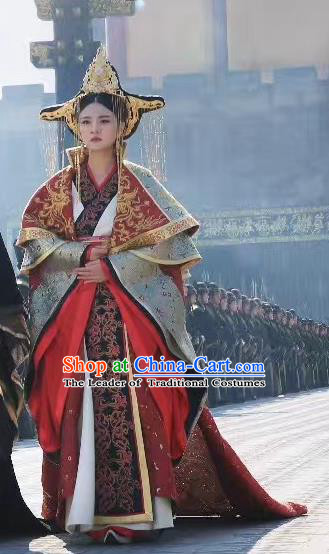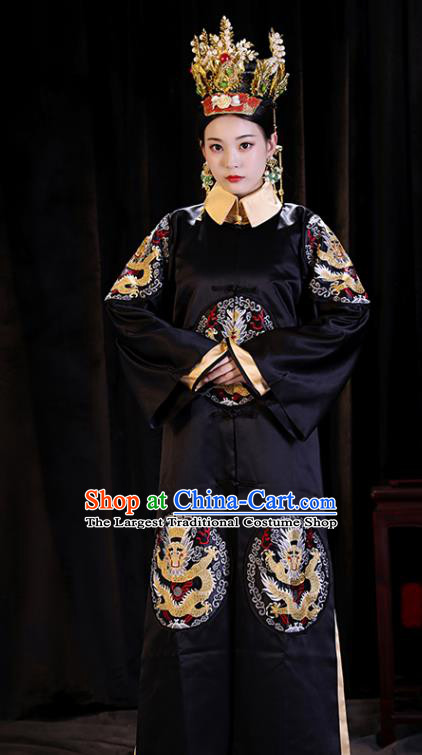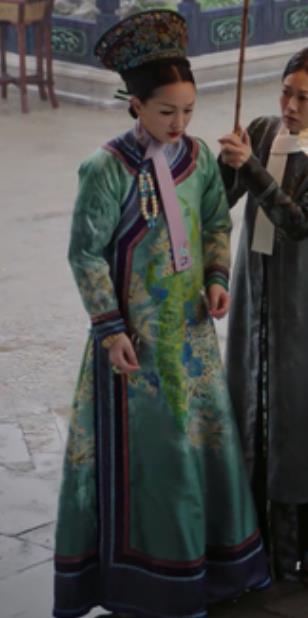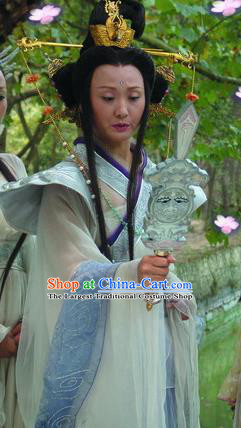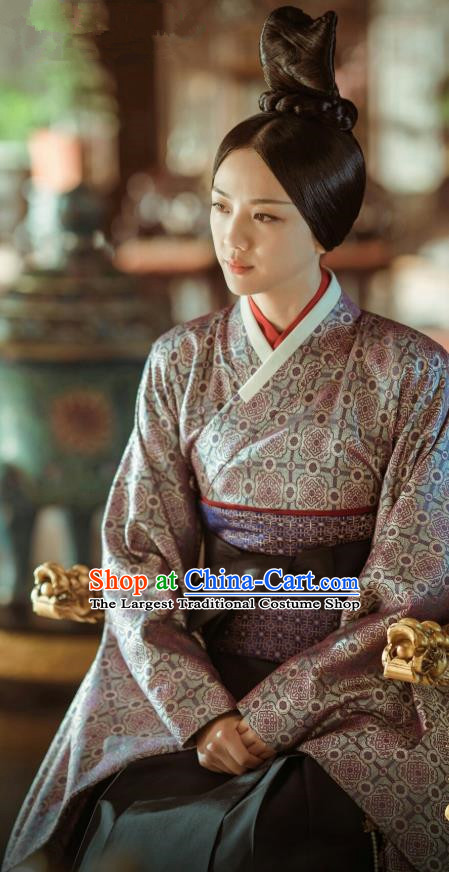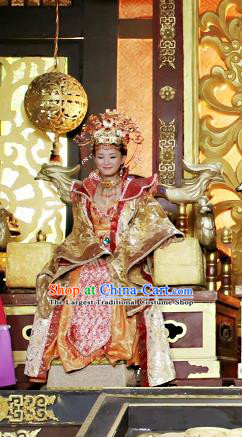
Click Related Pictures for More Audios:
Traditional Chinese costumes and accessories for women provide an elegant and delicate appearance.
These costumes not only have rich historical significance but also represent the unique charm of ancient Chinese culture.
They are usually made of gorgeous silk, embroidered with exquisite patterns and characters, showcasing exquisite craftsmanship and artistic skills.
In ancient China, women's status was relatively low, and their lives were subject to strict social norms and moral constraints.
However, over time, women began to seek more freedom and independence and started to participate in political and social activities.
In this process, they began to use more luxurious and personalized clothing to showcase their individuality and status.
Traditional Chinese costumes and accessories typically include robes, skirts, headdresses, and other accessories.
The colors and patterns of these costumes vary, reflecting cultural differences in different regions and periods.
For example, southern-style costumes often feature bright colors and floral patterns, while northern-style costumes are more plain and practical.
In addition to their beauty, traditional Chinese costumes and accessories also have important symbolic meanings.
They can represent different identities, professions, or social statuses.
For example, the dragon robe of the emperor symbolizes power and nobility, while the clothing of ordinary people is more plain and practical.
Furthermore, some costumes have special functions such as warmth retention, waterproofing, or windproofing.
In conclusion, traditional Chinese costumes and accessories are an essential part of Chinese culture.
They not only have beautiful appearances and exquisite craftsmanship but also carry rich historical significance and symbolism.
By appreciating these costumes, we can better understand the diversity and developmental history of ancient Chinese culture.







